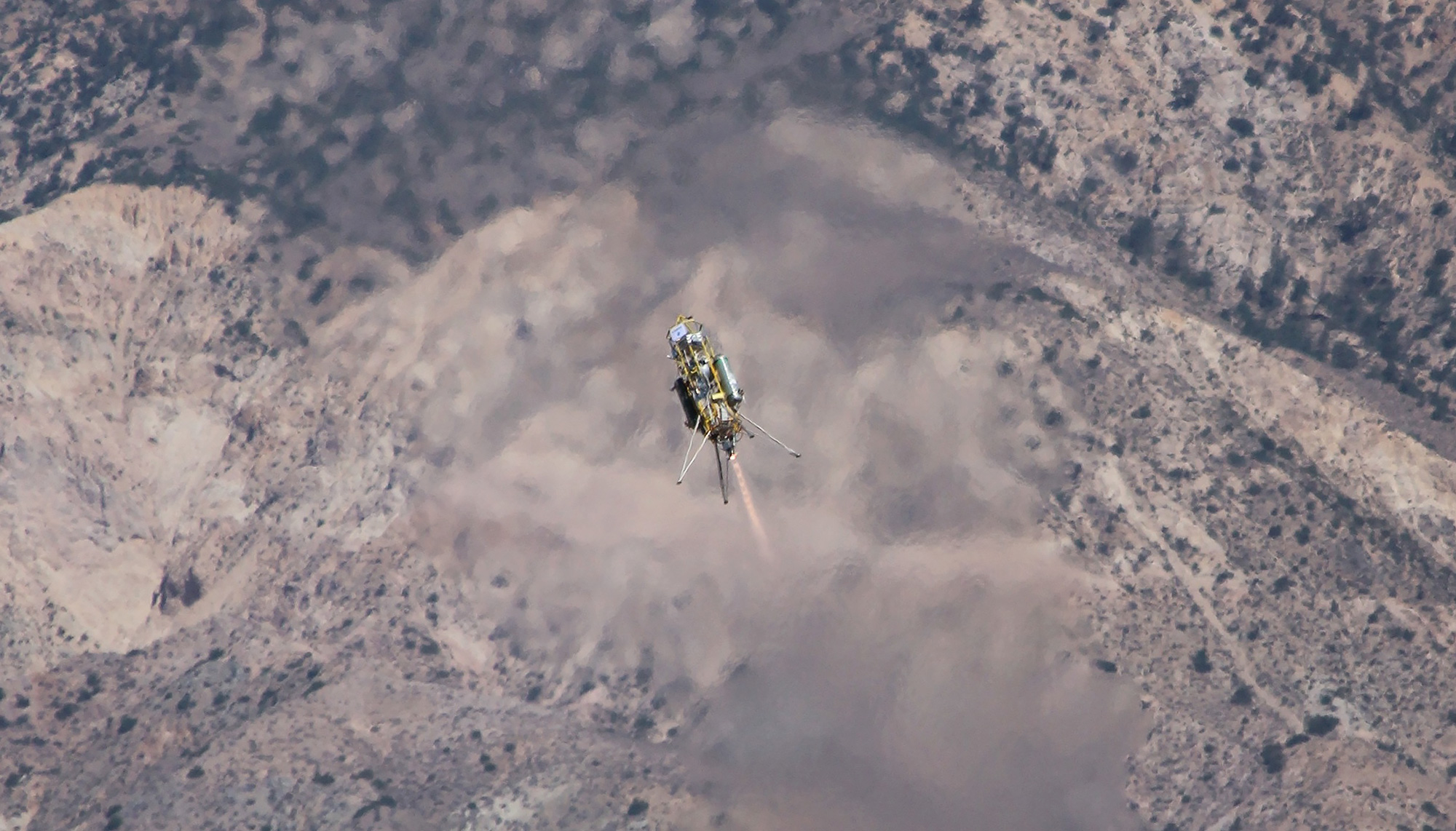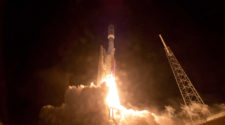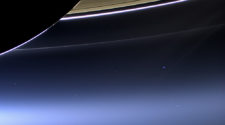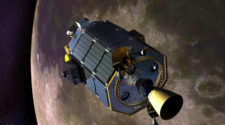
A year after NASA’s Mars rover Curiosity’s landed on Mars, engineers at NASA’s Jet Propulsion Laboratory in Pasadena, Calif., are testing a sophisticated flight-control algorithm that could allow for even more precise, pinpoint landings of future Martian spacecraft.
Flight testing of the new Fuel Optimal Large Divert Guidance (G-FOLD) algorithm for planetary pinpoint landing is being conducted jointly by JPL engineers in cooperation with Masten Space Systems in Mojave, Calif., using Masten’s XA-0.1B “Xombie” vertical launch and landing experimental rocket.
“The collaboration between JPL and Masten to test G-FOLD is a great example of how we hope to further the exploration of the solar system while building up the industrial base needed to advance future space endeavors,” said Christopher Baker, a campaign manager for the program.
Current powered-descent guidance algorithms used for spacecraft landings are inherited from the Apollo era. These algorithms do not optimize fuel usage and significantly limit how far the landing craft can be diverted during descent. The new G-FOLD algorithm invented by JPL autonomously gen-erates fuel-optimal landing trajectories in real time and provides a key new technology required for planetary pinpoint landing. Pinpoint landing capability will allow robotic missions to access currently inaccessible science targets. For crewed missions, it will allow increased precision with minimal fuel requirements to enable landing larger payloads in close proximity to predetermined targets.
Masten Space Systems launched the Xombie July 30 from the company’s test pad at the Mojave Air and Space Port. JPL and Masten are planning to conduct a second flight test with a more complicated divert profile, pending data analysis.
To simulate a course correction during a Martian entry in the July test, Masten’s Xombie was given a vertical descent profile to an incorrect landing point. About 90 feet into the profile, the G-FOLD flight control software was automatically triggered to calculate a new flight profile in real-time, and the rocket was successfully diverted to the “correct” landing point some 2,460 feet away.
“This flight was an unprecedented free-flying demonstration of the on-board calculation of a fuel-optimal trajectory in real time,” said Martin Regehr, acting task lead for the Autonomous Descent Ascent Powered-Flight Testbed at JPL.
Masten Space Systems is one of seven suborbital reusable launch companies contracted by NASA’s Flight Opportunities Program to fly experiments in sub-orbital space to verify new technologies work as expected in this harsh environment.
NASA Dryden also aided development of Curiosity’s “sky crane” landing system by conducting two series of pre-launch flight tests of its landing radar,the first under a helicopter in 2010 and a follow-on series with the radar housed in a Quick Test Experimental Pod mounted under the wing of a Dryden F/A-18 in June 2011. The 2011 testsfocused on the on-chute acquisition portion of the Mars Science Laboratory’s entry into the Martian atmosphere, when the spacecraft was suspended from its parachute. Data collected from the flights were used to finesse the mission’s landing radar software to ensure that it was calibrated as accurately as possible prior to Curiosity’s landing.



